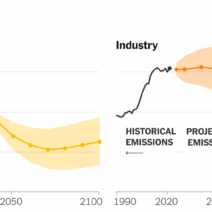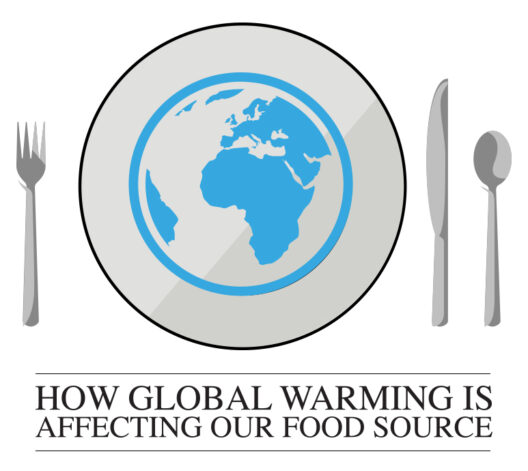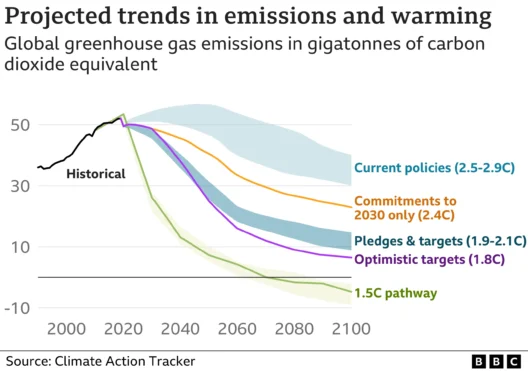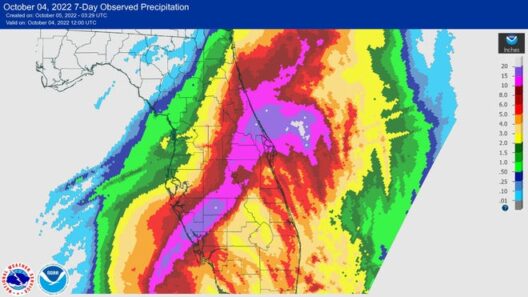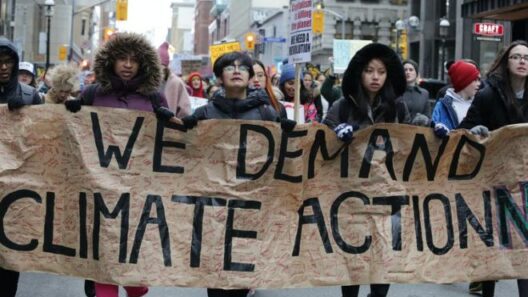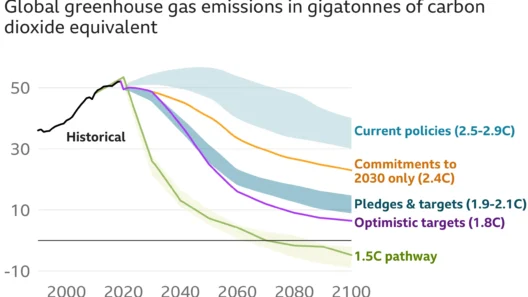Global warming is an existential threat that transcends environmental concerns. It impacts the economy in myriad and complex ways, challenging the market’s stability and the viability of various industries. But how exactly does a rise in temperature translate into changes within the product market? Imagine standing in a supermarket aisle and noticing empty shelves for certain products—could this be the ominous implications of climate change manifesting in our everyday lives? This situation is not far-fetched; it can become a reality if we do not address the myriad ways global warming can disrupt our product markets and, consequently, our way of life.
The underlying mechanisms of this phenomenon are primarily tied to disruptions in supply chains, changes in consumer behavior, and resource availability. As temperatures rise, extreme weather events—such as floods, droughts, and hurricanes—are becoming increasingly common. These events don’t just inconvenience individuals; they wreak havoc on agricultural production, essential for maintaining food supplies. In a world where food security is already a pressing issue, these climatic anomalies symbolize a potential meltdown in the agricultural product market. How prepared is your grocery store for a sudden scarcity of crops like wheat or corn?
The ripple effects of rising temperatures extend beyond the agricultural sector, impacting its interconnected industries. For instance, livestock farmers are experiencing fluctuations in feed supply due to crop shortages. Increased heat can cause stress among animals, reducing their productivity and affecting meat and dairy supplies. It stands to reason that if the cattle industry suffers, so too will dairy and beef products at your local market. Shoppers may soon find themselves confronted with higher prices for staple proteins—a development that could disproportionately affect lower-income populations. How will society address the question of equity in food distribution when climate change reshuffles the market deck?
Resource scarcity is another significant factor brought forth by global warming. Water shortages are projected to become more pervasive due to altered precipitation patterns. This reduction in water availability directly impacts agricultural productivity, creating a vicious cycle of supply challenges. Some regions may struggle with too much water, leading to flooding and crop destruction, while others will face severe droughts that inhibit growth entirely. Scarcity of water affects not only the agriculture sector but also industries relying on water for production processes—such as textiles and beverages. Thus, while farmers scramble to procure water, manufacturers may face mounting operational challenges. Is it feasible to continue operating traditional agricultural and production methods in an era of water scarcity?
Furthermore, the concept of seasonality is effectively disintegrating. Crops that typically grow in specific seasons may find their lifecycles disrupted, forcing farmers and distributors to innovate. The result? A new form of market volatility. Items once considered stable, like seasonal fruits and vegetables, could become luxuries due to erratic supply chains. Shoppers may find themselves paying a premium for products once deemed commonplace. How will this change your purchasing habits? Are we prepared to reassess our buying priorities in the face of impending scarcity?
In addition to these phenomena, consumer behavior is also on a trajectory of transformation as awareness of environmental issues expands. Increasingly, shoppers are gravitating toward sustainable and ethically-produced products. The market is experiencing a paradigm shift, with consumers demanding transparency and accountability from brands. Retailers are responding by adopting sustainable practices, but grappling with the cost implications can be challenging. Could brands that fail to adapt find themselves languishing in the wake of climate-conscious competition?
The interplay between consumer behavior and environmental policies further complicates the market landscape. Governments around the globe are implementing regulations to reduce carbon emissions and promote sustainability. While these measures are essential in combating climate change, they can also introduce financial burdens for businesses, which in turn affects pricing structures. As companies accommodate new regulations, the higher costs may become a significant factor for consumers. Are we, as a society, ready to accept inflated prices for eco-friendly products to promote sustainability?
Beyond the immediate economic impacts, the social ramifications of climate change-induced market instability are profound. A descent into economic hardship—stemming from product scarcity and inflated prices—could exacerbate inequities in society. Vulnerable populations are already disproportionately affected by climate change, and these market shifts could further widen the gap. Addressing this challenge is crucial for policymakers to ensure equitable access to resources while navigating a tumultuous market landscape. As we stand at this crossroads, it begs the question: how will we work toward a just and resilient economy in the face of climate change?
The market’s impending meltdown, spurred by the intricacies of global warming, underscores the urgency for proactive measures. To stave off potential economic disruption stands not only as an eventuality of survival but as an ethical imperative. The interconnected nature of ecosystems and economies reinforces the importance of interdisciplinary collaboration in finding solutions. Embracing innovation, promoting sustainable practices, and championing equitable policies can pave the road for a resilient future.
As consumers, as stakeholders in this evolving market landscape, our role is not to be mere consumers but informed players capable of effecting change. Your choices at the grocery store—what you buy, where you shop, and the companies you support—contribute to the larger narrative of how we confront climate change. In facing these challenges head-on, we have the opportunity to not only adapt but thrive in a world increasingly defined by its climatic realities.

